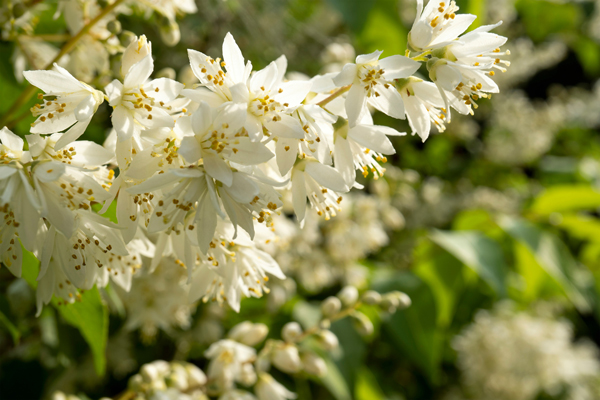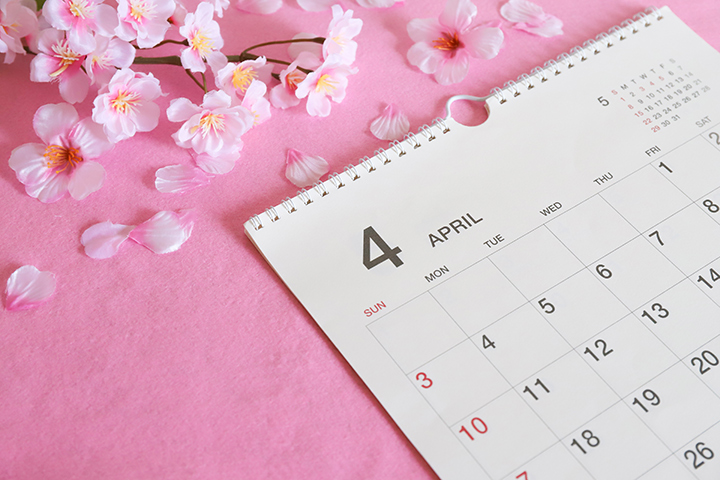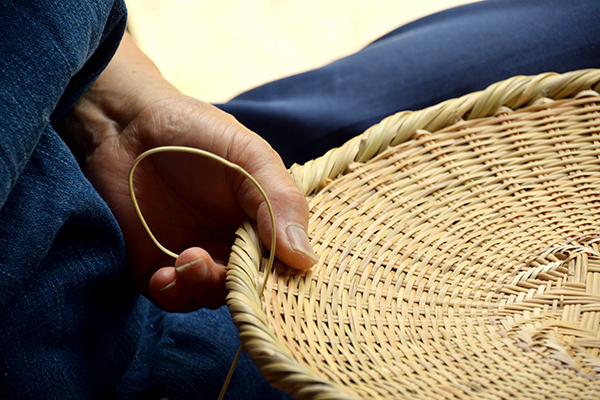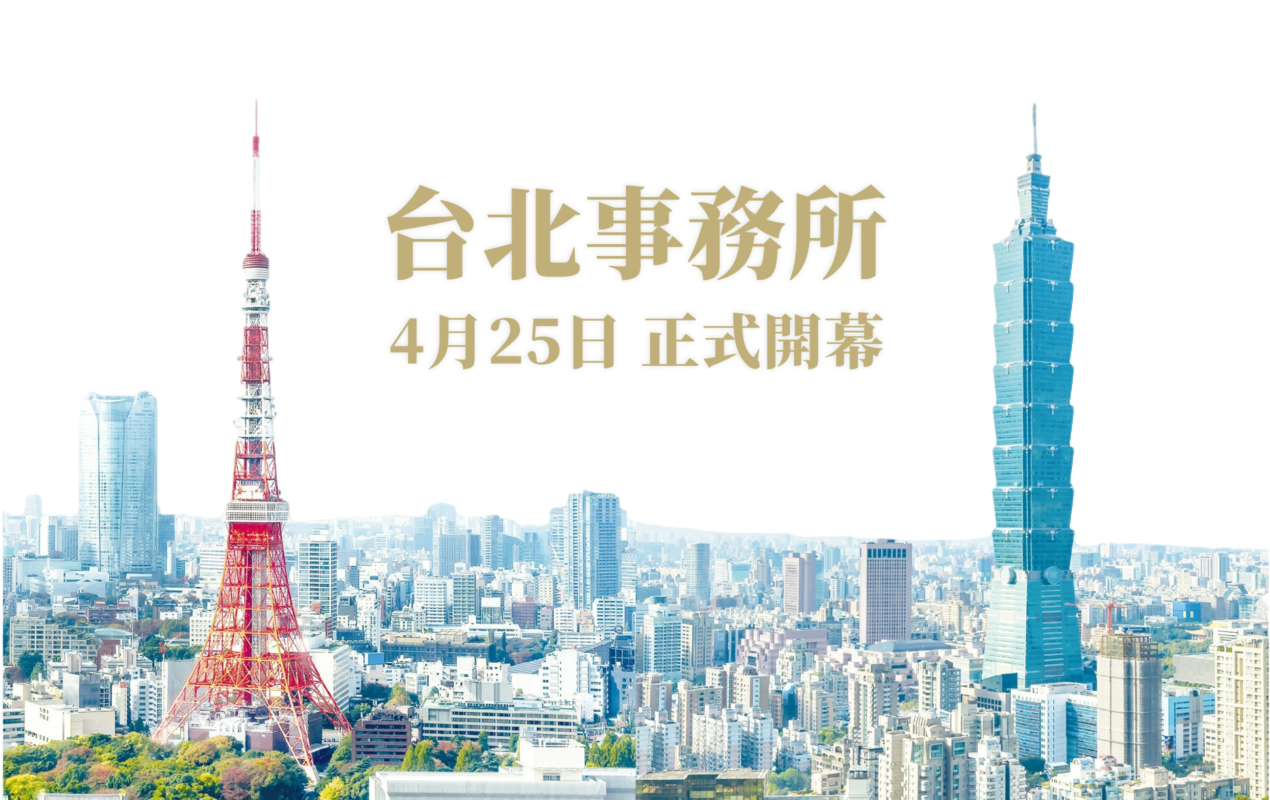
Bonsai is an art form in which trees growing in the mountains and fields are transferred to pots and modified. It is a traditional culture that has been enjoyed by the Japanese people for a long times.
This column delves deeply into the appeal of Bonsai from its characteristics and history, and introduces ways to enjoy it. It also explains why Bonsai is becoming increasingly popular in Japan and abroad.
What is Bonsai?

Bonsai is a part of traditional Japanese culture. This section first describes the characteristics and traditional techniques of Bonsai and how it differs from potted plants.
Characteristics and Attractions of Bonsai
Bonsai is a natural tree planted in a pot and cared for over a long period of time in pursuit of an ornamental aesthetic, resulting in a single work of art.
The origin of Bonsai is said to be Chinese‘Pen Jing', but it is now treated as something different from Bonsai (see below under 'Origin of Bonsai').
Bonsai is characterised by its emphasis on the recall of natural beauty in the form of individual trees, whereas Pen Jing is a complex reproduction of natural scenery by harmonising soil, sand, plants and stones in a tray.
The main attraction of Bonsai is that it takes a long time to build up a‘natural scale'. The way each branch comes out and the moss that grows on the soil laid down in the pot also enhances the Bonsai's world view.
In addition, even dead trunks and branches, which generally give the impression of deterioration, are rather more valuable in Bonsai as a "taste" of Wabi and Sabi. Bonsai expresses not only the creator's view of nature, but also the art of living at times, and can be enjoyed.
Even today, it is said that many Japanese are
deeply attracted by Bonsai. The appeal of Bonsai is of course that you can feel nature close at hand and enjoy it casually like a diorama, but Bonsai is also valued as a way of expressing your own unique world personality).
Other benefits of Bonsai include the healing of the mind by immersing oneself in the care of the plants, and the sense of achievement by producing flowers and fruits.
Traditional Bonsai Techniques and Aesthetics.
In order to maintain the beautiful shape of a Bonsai tree, a process known as‘Seishi' is necessary.
The four main shaping tasks are
● picking buds
● leaf cutter
● pruning
● wiring
Bud trimming is the process of cutting the elongated branches short to even out the way they grow. The result is a beautiful Bonsai with many small leaves at the ends of the branches.
Leaf cuttings are used to shape the foliage and to remove old leaves to make way for new ones.
Pruning is the process of cutting unnecessary branches and maintaining the beautiful shape of the Bonsai tree. It should be done carefully and with an image of the tree's shape after pruning.
Wrapping wire is a process used to create beautiful tree shapes. Wrapping wire without damaging the tree requires a high level of skill.
Of the above processes, bud plucking, leaf trimming and pruning are also known as ‘Bonsai subtraction', as the aim is to remove unnecessary parts. In Bonsai, which has a lot of "subtraction", which can be described as one of the Japanese aesthetic senses, the Bonsai expresses its own world by cutting away the unnecessary and condensing it into a small space.
Differences between Bonsai and potted plants
One of the similarities with Bonsai is potted plants. Both are plant-based, but while potted plants are grown and appreciated, Bonsai borrows the form of the plant and expresses the nature and landscape behind it.
Potted plants represent only‘natural beauty', whereas Bonsai, which takes time and effort to create a single world, represents the world of the creator, who harmonises‘natural beauty' and‘artificial beauty'.
Main Types of Bonsai and Their Respective Characteristics.
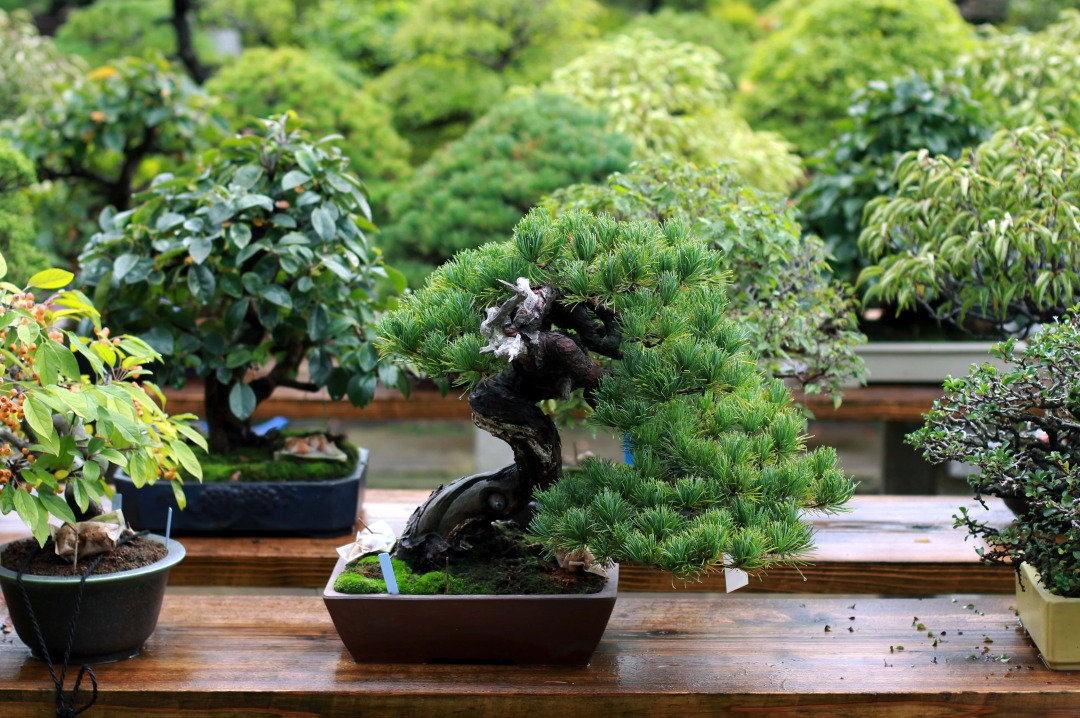
Next, the main types and characteristics of tray materials are presented.
The two main types of Bonsai are‘pine and oak', which look the same all year round, and‘miscellaneous trees', which change with the seasons. Miscellaneous trees are further subdivided into‘foliage',‘flower' and‘fruit'.
Pine and Oak

The‘Shohaku' (pine and oak) is considered a representative of Bonsai. As the name suggests, it refers to the‘pine' and‘genuine oak'. Both are coniferous trees with green leaves all year round and have been loved for their vitality.
Ha Mono(Foliage arrangement)
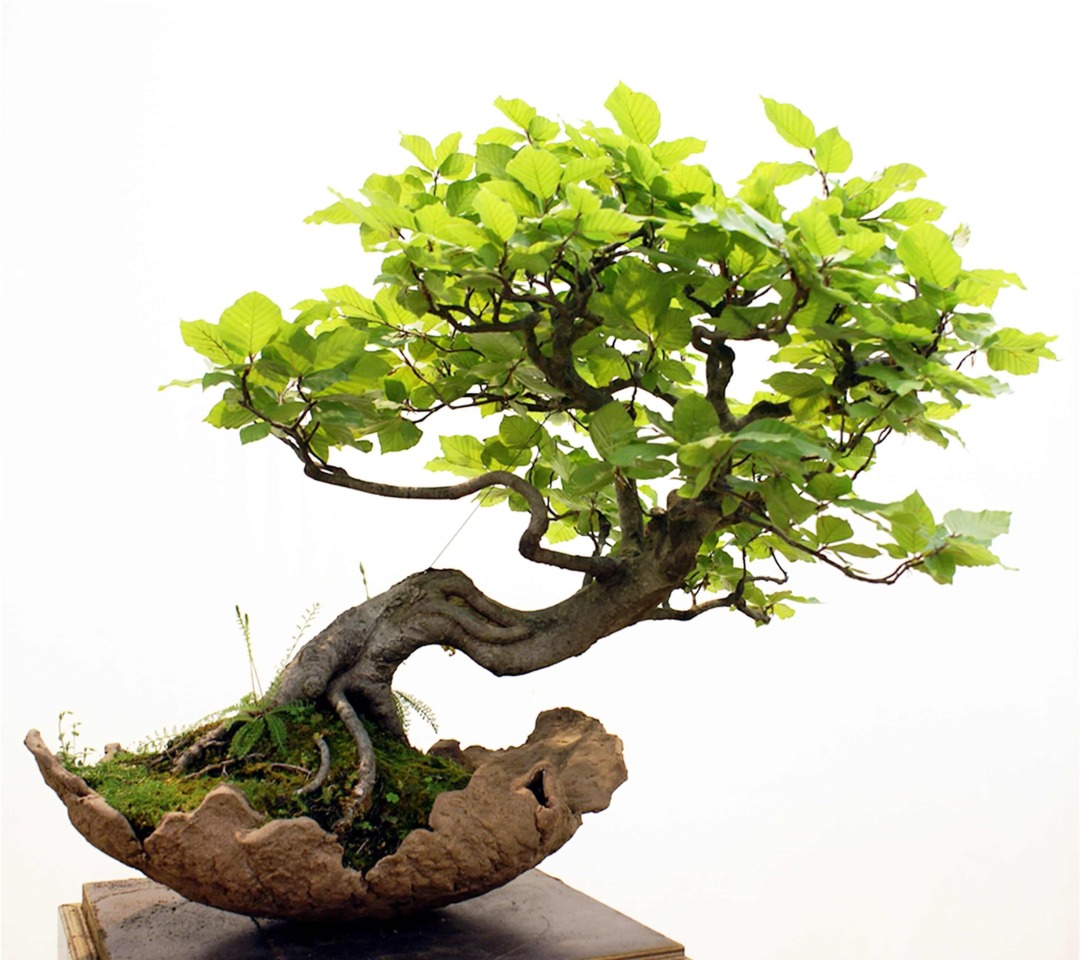
Foliage is considered easy to grow and recommended for Bonsai beginners. Typical plants include maple trees, which change colour in autumn and allow you to feel the changing of the seasons.
Hana Mono(Flower arrangement)
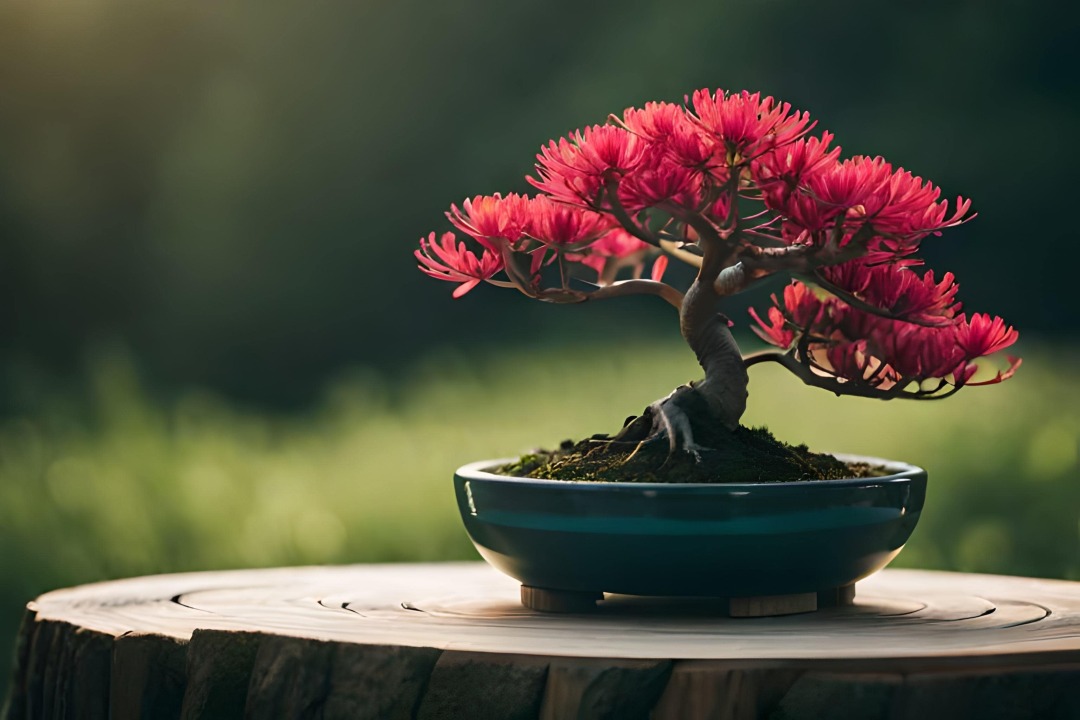
Hanamono (flower arrangement) is attractive for its gorgeousness, prettiness and the impermanence of the falling flowers. Cherry blossoms, plum blossoms, whooping crimson and wisteria are used, but are said to require more work than other types of Bonsai.
Mi Mono (Fruit arrangement)
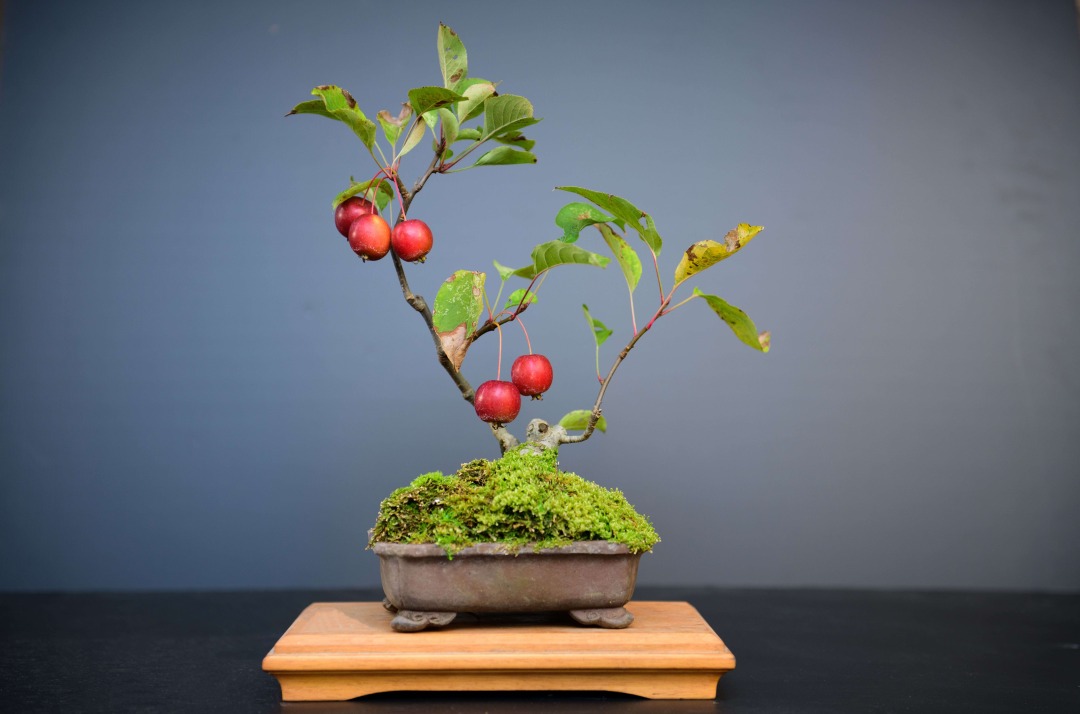
The 'fruiting' type of Bonsai produces fruit such as the princess apple and the quince. They do not require as much attention to form as pine oaks and foliage, and require relatively little pruning, but on the other hand they tend to be difficult to control with fertilisers. Because it bears lovely fruit, it is a Bonsai that is very popular among women.
History of Bonsai
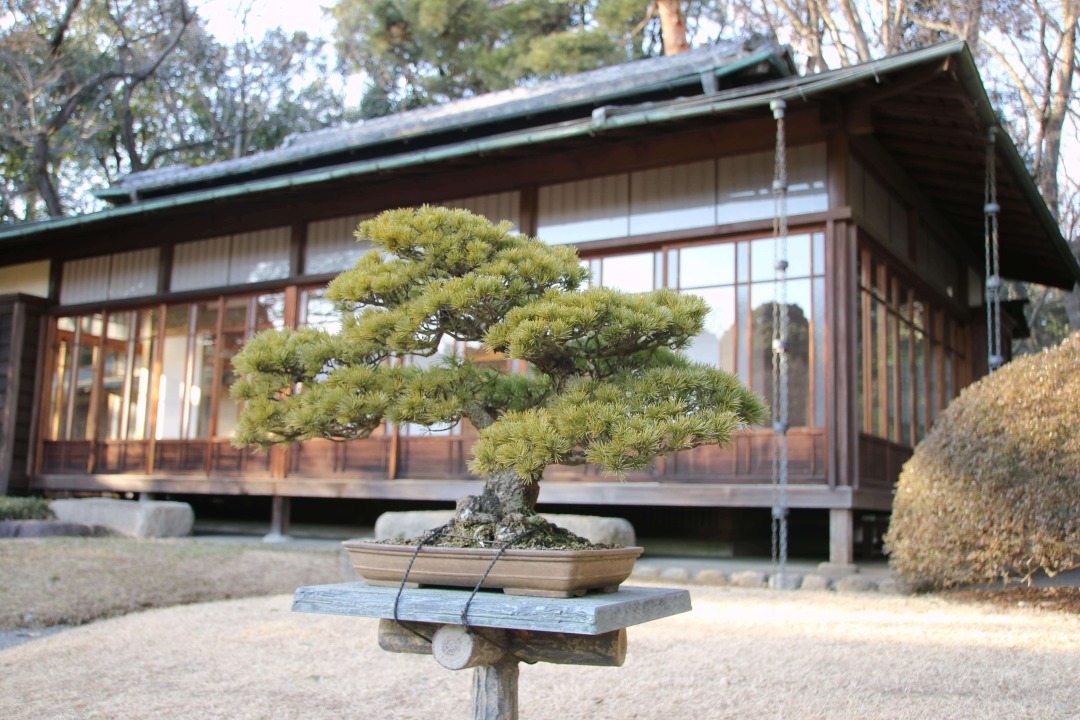
Bonsai has long been favoured in Japan. The history of Bonsai and the influence it has had on Japanese culture will provide further insight into its appeal.
The Origins of Bonsai
Bonsai is said to have originated in China about 1,300 years ago as‘Pen Jing' or ‘Pen Shan'. It was introduced to Japan in the Heian period (794-1185) and already in picture scrolls from the Kamakura period (1185-1333), Bonsai-like objects are depicted. In the Muromachi period (1336-1573), Pen Jing, using stones reminiscent of natural mountains and rivers, became popular among Muromachi shoguns and priests.
The Azuchi-Momoyama period (1568 - 1600) saw the birth of Noh* programme‘Hachinoki', in which Bonsai appeared.
*Noh: a representative classical Japanese performing art, performed with masks and beautiful costumes, and a form of theatre that has been handed down to the present day.
In the early Edo period, Bonsai was only seen in the gardens of feudal lords' residences, but by the late Edo period it had spread to the general population. Ukiyo-e woodblock prints depict people enjoying flowering plants in the gardens of tenement houses, and it is thought that the term‘Bonsai' was coined around this time.
During the Meiji era (1868-1912), the number of Bonsai enthusiasts increased, particularly in political and business circles; Bonsai were displayed in outdoor Japanese gardens at the 1873 Vienna Expo and the 1878 Paris Expo, and the Taisho era (1912-1926) saw a growing momentum to promote Bonsai worldwide.
After the Great Kanto Earthquake of 1923, planters from the Dankozaka area of Tokyo moved to Omiya in Saitama, where the soil was suitable for growing Bonsai; in 1925, the‘Omiya Bonsai Village' was created as an autonomous community of planters, and in 1940 the town was renamed‘Bonsai-cho'.
Also in 1934, at the instigation of Bonsai researcher Norio Kobayashi, the first Kokufu Bonsai Exhibition was held at the Tokyo Prefectural Art Museum (now the Tokyo Metropolitan Art Museum). This exhibition is still held annually to this day.
The Impact of Bonsai on Japanese Culture
It is thought that shortly after Bonsai entered Japan, it developed in its own unique way, merging with the aesthetic sensibilities of the Japanese, as the modern equivalent of Bonsai was depicted in picture scrolls and folding screens.
During the Edo period (1603 - 1867), a series of works featuring Bonsai appeared in Noh plays and Kyogen plays, which were popular pastimes of the common people.
Famous examples are the Noh play‘Hachiki' and the Kyogen* play‘Bonzan'. Hachiki " is a masterpiece said to have been a favourite of Tokugawa Ieyasu, and its dramatic content must have struck a chord with people. Bonzan " uses many of the basic staging techniques of Kyogen and is one of the plays that are performed at school performances even today. It is a work full of the unique charm of Kyogen, portraying human beings through laughter.
*Kyogen: dialogue-oriented spoken theatre expressed through words and actions, without the use of stage sets.
In the Meiji period (1868-1912), Bonsai began to be displayed in the tea room at tea ceremonies, and appeared in novels, haiku and tanka poems. Bonsai influenced various art forms and, by extension, on Japanese sensibilities, as many members of the royal family, important financial figures and literary giants were Bonsai lovers.
From the late Edo period onwards, Bonsai spread among the general public as a casual hobby.
Following this trend, both Bonsai as a prestigious art form and Bonsai for private enjoyment exist today. It has established itself as a traditional Japanese art form that can be enjoyed by men and women of all ages.
Japan's Natural Beauty is Attracting International Attention, and Bonsai is Becoming More Familiar Abroad

It is said that the catalyst for the rapid rise in recognition and popularity of Bonsai overseas was the 1970 World Exposition in Osaka, Japan. Bonsai, which evoke landscapes by condensing nature into a single pot, attracted the attention of visitors from abroad.
Bonsai tends to be seen as an expensive and prestigious art form, but in Japan it has been enjoyed by the general public. Anyone can start immediately without any hurdles.
The interest in expressing the beauty of nature by adding touches to the narrow world of the pot is universal.
Through Bonsai, many people from overseas want to enjoy Japanese gardens, paintings, novels, Haiku and Tanka poetry from a new perspective.
The Japanese pronunciation of the word 'BONSAI' is so much a part of Japanese culture abroad that it is written in Latin letters.
The Omiya Bonsai Village, considered a sacred place for Bonsai, is home to the Omiya Bonsai Museum and 6 Bonsai gardens, and attracts Bonsai enthusiasts from Japan and around the world.
The museum's Bonsai garden always has about 60 Bonsai on display, which can be enjoyed in all four seasons. Many places allow visitors to see the differences between the‘front' and‘back' of the Bonsai.
You can feel the attention to detail of the Bonsai growers in each and every Bonsai pot. Some gardens hold regular workshops for beginners, where you can learn the basics of Bonsai making from professionals.
Bonsai are placed everywhere in the Omiya Bonsai Village. Many expensive Bonsai are on display, but Bonsai are also placed in restaurants and rest areas. The Bonsai blend in well with modern Japanese life, which has adopted many foreign styles, making Bonsai more familiar to the Japanese.
Plants with a Japanese flavour, such as pine trees and cherry trees, can also be used in Western-style rooms, which is strange if they are Bonsai. This is probably because the trees are not only naturally beautiful, but also have an artificial beauty added to them.
Bonsai is a competent interior decoration that does not destroy the atmosphere of a room while creating a healing space with the natural beauty of the tree.
Summary
Bonsai is a uniquely Japanese art form that harmonises natural and artificial beauty by modifying trees. Bonsai, which expresses its creator's world view in a concentrated form in a pot, is loved in many countries beyond national borders.
You can either just enjoy building it, or you can enjoy decorating it. There is no right way to enjoy Bonsai. Why not feel Japan with a Bonsai that you can enjoy in your own way?





